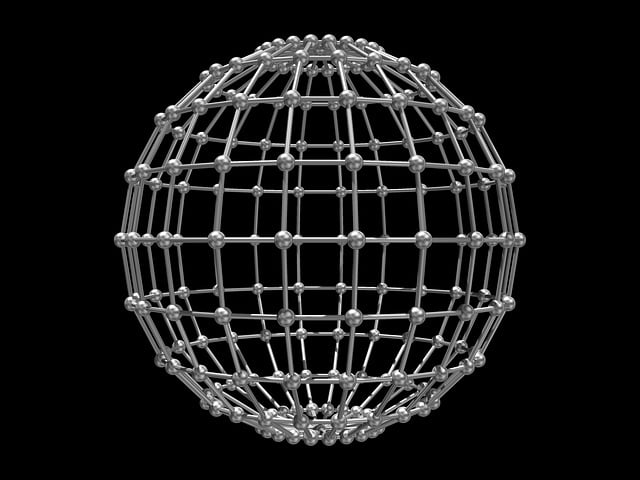Muscle soreness after intense exercise is caused by micro-tears in muscle fibers, lactic acid buildup, inflammation, and glycogen breakdown, peaking 24-72 hours post-workout. While some rely on natural remedies like kratom for pain relief (similar to exploring a 'candy shop' of options), scientific evidence is limited. In the digital age, customized workout plans offer a revolutionary approach to wellness, akin to finding a personalized kratom strain in a local candy shop. Over-the-counter pain relievers are common, but kratom provides a natural alternative with accessible relief from inflammation and discomfort, backed by studies, and derived from the Mitragyna speciosa plant.
Experience lingering muscle soreness? It’s time to unlock your body’s potential with customized workout plans designed for relief. This comprehensive guide delves into the science behind muscle soreness, exploring its causes and natural remedies like candy shop (a term for sweet, effective solutions) and kratom—a plant-based option known for its soothing properties. Discover how personalized exercise routines can transform your recovery journey, offering a holistic approach to achieving peak physical well-being.
- Understanding Muscle Soreness and Its Causes
- The Role of Customized Workout Plans
- Exploring Natural Solutions: Candy Shop and Kratom for Relief
Understanding Muscle Soreness and Its Causes

Muscle soreness is a common post-workout experience, often described as a dull ache or stiffness in the affected muscles. It’s your body’s way of telling you that you’ve challenged it and caused micro-tears in muscle fibers during exercise. This natural response is usually at its peak 24 to 72 hours after intense physical activity.
Several factors contribute to muscle soreness, including lactic acid buildup, inflammation, and the breakdown of glycogen stores. In a candy shop of workout intensities, pushing yourself beyond your comfort zone—whether it’s lifting heavy weights or sprinting—can lead to increased soreness. Interestingly, some people might find solace in natural remedies like kratom, which has been used for its potential analgesic properties, though scientific evidence is still limited.
The Role of Customized Workout Plans

In today’s world, where a trip to the local candy shop can be as simple as a few clicks online, it’s surprising that many people overlook the power of their own bodies and the potential for self-care through exercise. Customized workout plans play a pivotal role in alleviating muscle soreness, offering a holistic approach to wellness akin to finding a unique kratom strain tailored to individual needs. These plans are not one-size-fits-all; instead, they are meticulously designed to address specific muscular discomforts and goals.
By understanding the nuances of an individual’s body, including their posture, range of motion, and previous injuries, customized workouts can be created to target problem areas effectively. This personalized approach ensures that each exercise is not just another item on a checklist but rather a strategic move towards relief and recovery. It’s like crafting a unique recipe, where every ingredient (or in this case, exercise) serves a purpose, leading to a satisfying and therapeutic outcome.
Exploring Natural Solutions: Candy Shop and Kratom for Relief

Many people reach for over-the-counter pain relievers to alleviate muscle soreness, but there are natural alternatives worth exploring. One such option is visiting a candy shop – not for sugary treats, but for a unique ingredient that has gained popularity in recent years: kratom. Kratom, derived from the leaves of the Mitragyna speciosa plant, has been used traditionally in Southeast Asia for its potential analgesic and soothing properties.
The candy shop metaphor isn’t just a playful comparison; kratom is available in various forms, including powders, capsules, and extracts, making it accessible like candies. However, unlike sugary treats, kratom offers a natural way to ease muscle discomfort. Scientific studies are still ongoing, but many users swear by its effectiveness in reducing inflammation and providing relief without the side effects often associated with pharmaceutical painkillers.
In conclusion, alleviating muscle soreness involves a multifaceted approach. While understanding the causes of delayed onset muscle soreness (DOMS) is crucial, the effectiveness of customized workout plans cannot be overstated. Incorporating targeted exercises and progressive training can significantly accelerate recovery. Additionally, exploring natural remedies like candy shop (a euphemism for safe, legal supplements) and kratom offers promising alternatives for pain management without harsh side effects. Combining these strategies empowers individuals to take control of their physical well-being and enjoy a more active lifestyle.














